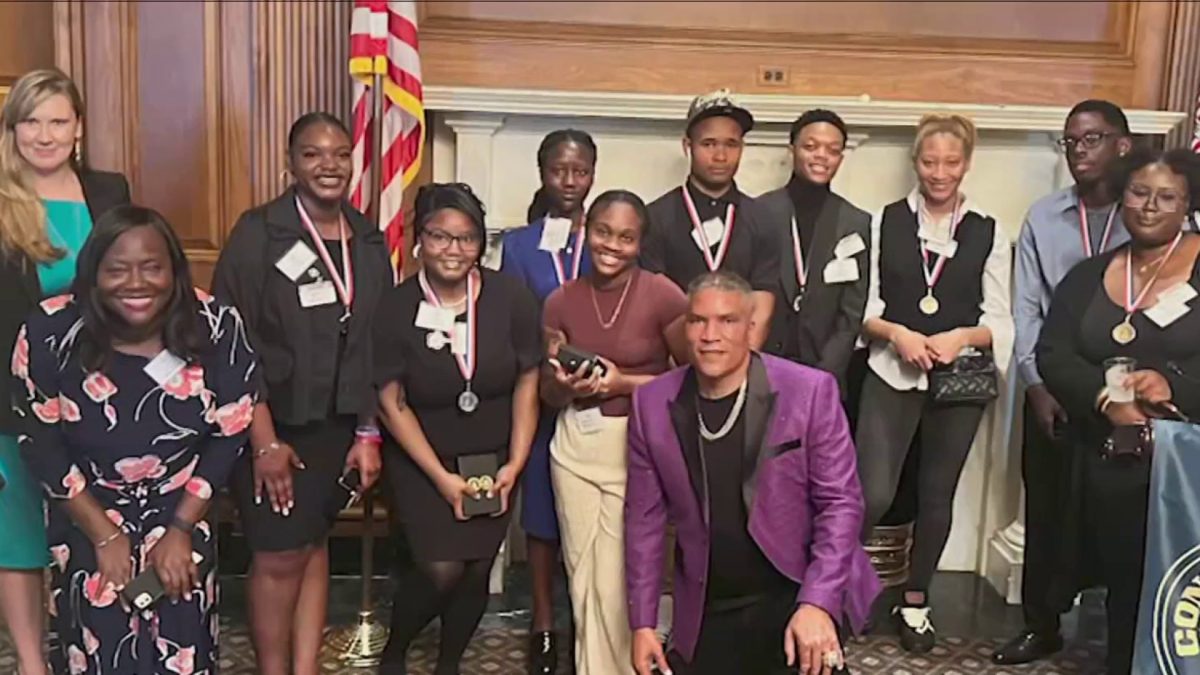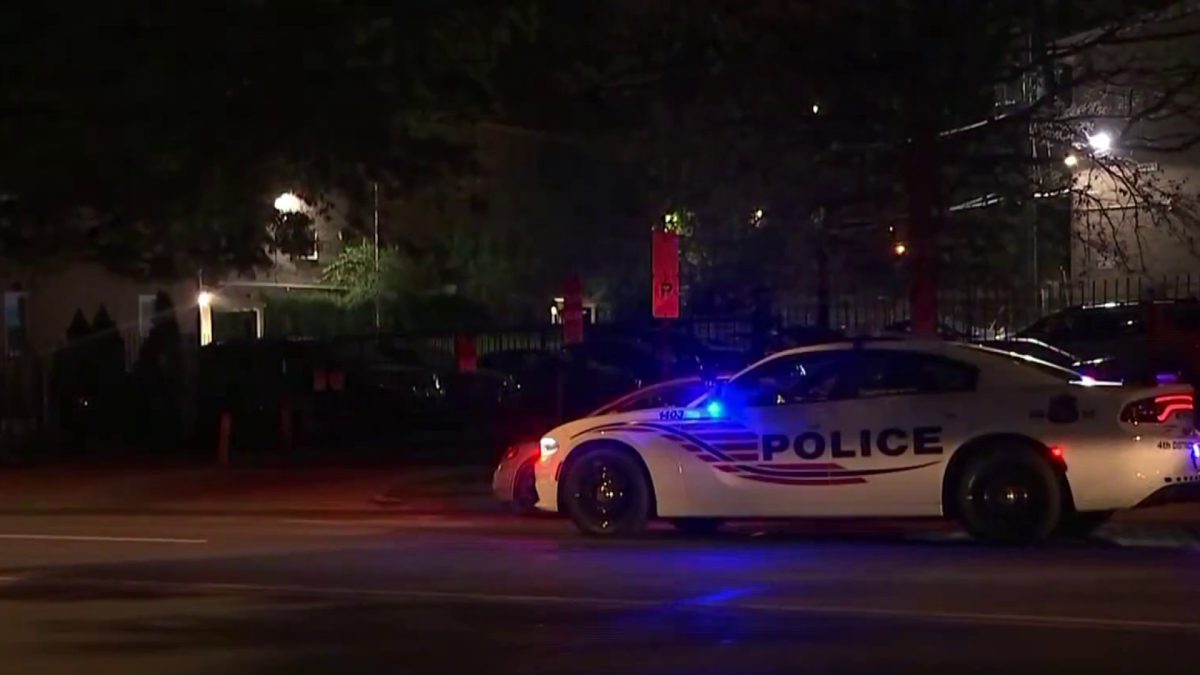Annapolis attorney Brennan McCarthy says he and his client endured years of online harassment from suspected Capital Gazette shooter Jarrod Ramos, but felt powerless to stop it.
Now, after police say Ramos gunned down five newspaper staffers, McCarthy says he wants Maryland legislators to give law enforcement greater authority to act on early warning signs, when investigating threats.
"There has to be something in place where you as a community can defend yourselves from a person that you know is a threat," McCarthy told the News4 I-Team.
McCarthy said he became the subject of Ramos’ rage after representing a woman the suspected gunman pleaded guilty to harassing in 2011. Ramos’ rhetoric worsened after The Capital newspaper wrote about the case, prompting the Laurel man to also lash out at journalists — as well as the judges who ruled against him — on Twitter for years.
"He would say that he wanted them to kill themselves, that they would be dripping in blood, that he would have his day," McCarthy told the I-Team. "We have to create a system where a person who is doing this much cyberbullying, this much cyberstalking, can be stopped."
McCarthy said he couldn’t shut down the online vitriol because the tweets didn’t meet the threshold for what Maryland law considers a threat. Ramos often used violent language and images of his targets online, but McCarthy said the tweets stopped short of communicating clear and direct threats.
Ramos "knew exactly what he was doing and he walked the line," McCarthy said, adding that Ramos bragged about studying the letter of the law.
Local
Washington, D.C., Maryland and Virginia local news, events and information
McCarthy is now calling on the state legislature to broaden what Maryland considers a threat to include the sender’s general intent — instead of the direct, threatening language officers currently require to make an arrest.
His is one of many ideas under discussion as people search for ways to prevent future tragedies like the violence that unfolded June 28 in Annapolis, when police say Ramos, armed with a pump-action shotgun, barricaded the back door of the newsroom before firing his way through the glass doors in the front.
Ramos has pleaded not guilty, and his attorney, Anne Arundel public defender William Davis, declined comment.
McCarthy’s push has support from several law enforcement experts, including former Anne Arundel County Police Chief Kevin Davis. He joined the force in 2013, the same year the newspaper asked police to look into threatening tweets directed at its employees.
Records show an Anne Arundel detective examined Ramos’s criminal history and checked that he had no registered weapons. But because Ramos hadn’t attempted to enter the newspaper building or sent "direct threatening correspondence," the detective advised the newspaper he didn’t consider Ramos a threat to employees, according to the incident report.
The newspaper opted against pursuing charges, the detective wrote, describing that as "putting a stick in a beehive."
According to Davis, Ramos hadn’t crossed the threshold for what Maryland considers criminal behavior. "If we don't have the tools to help someone with that problem, we end up walking away, telling folks, ‘Call us when something happens,’ and that's too late," he said.
Davis, who later served as the Baltimore police commissioner and now is a law enforcement consultant, said he also wants Maryland lawmakers to consider prohibiting anyone with a history of threats, harassment or stalking offenses from legally obtaining a gun.
Police say Ramos lawfully purchased a weapon in 2017.
His 2011 harassment conviction was later nullified through a legal procedure known as probation before judgment. He later got the records expunged.
Marisa Randazzo, a national threat assessment expert and former chief research psychologist for the U.S. Secret Service, said most people who commit mass shootings don't issue a direct threat but often reveal clues about their plans.
"That's where we can do a better job of changing those laws to allow law enforcement much greater latitude to investigate" warning signs, Randazzo said.
Giving police more flexibility to respond to allegations of threats will likely raise concerns over First Amendment rights, said Danielle Citron, a law professor at the University of Maryland who specializes in cyberstalking.
Citron notes Maryland already has laws prohibiting the cyberbullying of minors and said those laws sparked a debate over First Amendment rights. Attempts to expand that law failed earlier this year over concerns the changes were overly broad.
Any change in regulating communication on social media must address free speech protections, she said. "You can offend people, you can draw strong emotion, but it’s protected speech," she said.
But speech that causes — or is intended to cause — fear of immediate harm is not protected, she stressed.
Citron agrees with McCarthy that Maryland should change its definition of "electronic communication," which currently requires a message to be "sent" and "received" by someone. McCarthy wants the law to clearly include statements posted on social media websites such as Twitter or Facebook.
McCarthy, a family law and criminal defense attorney, said he also wants a solution that protects constitutional rights and can’t be abused. He's hopeful the Maryland legislature can find that middle ground.
"The only positive thing that can come out of what happened is that we have to learn how to stop it, so that we don’t repeat the same mistakes," he said.
Reported by Jodie Fleischer, produced by Katie Leslie, and shot and edited by Jeff Piper.



